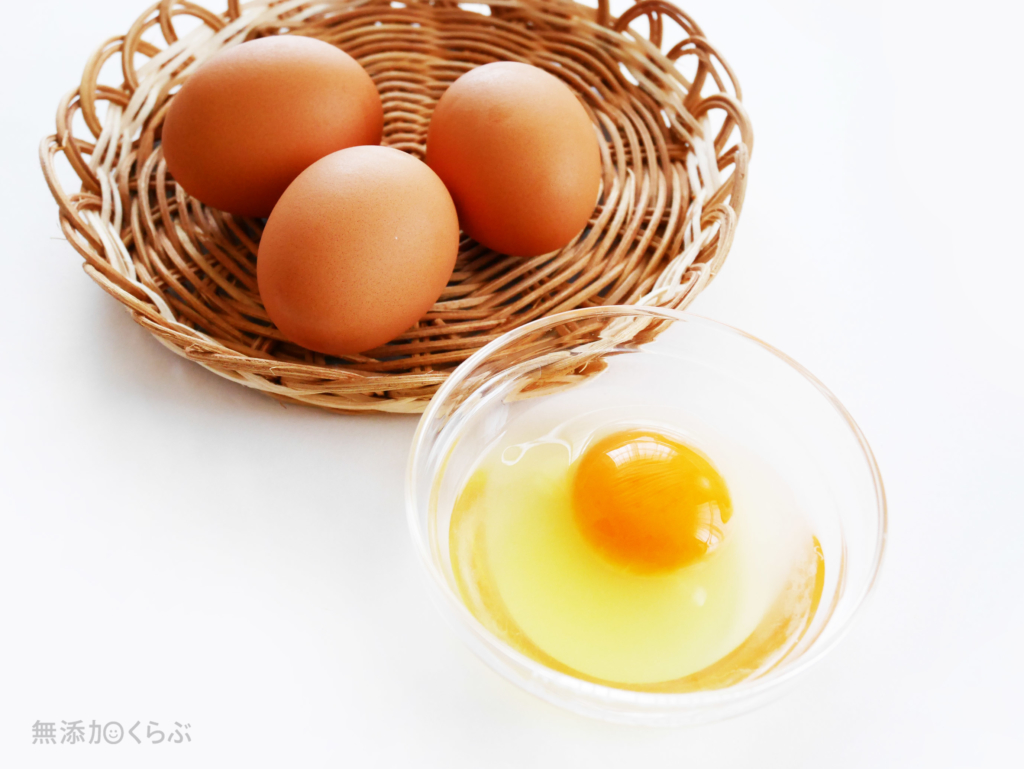【Are you sure that’s what you want?】Health, Food Safety, and Environmental Issues as Deciphered from Eggs

2025.11,25
This article has been moved to note.
All future updates will be posted there.
Thank you for your continued support.

2025.11,25
This article has been moved to note.
All future updates will be posted there.
Thank you for your continued support.